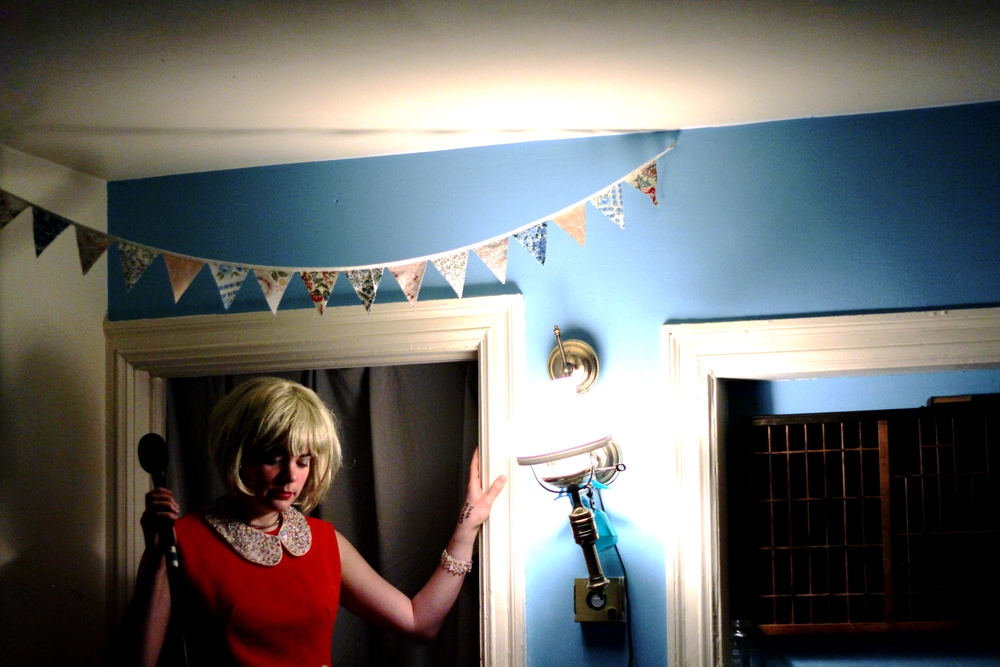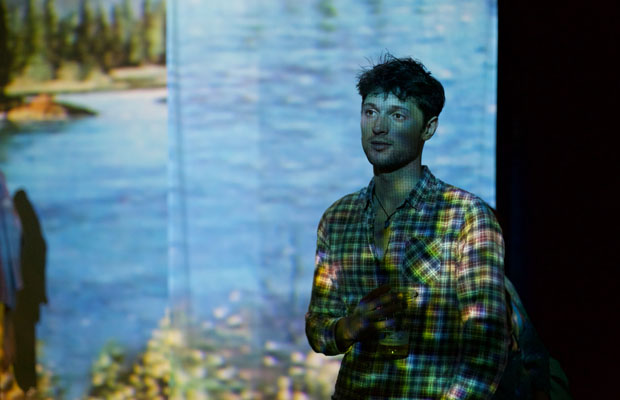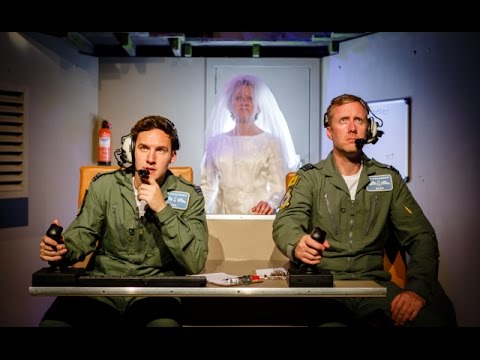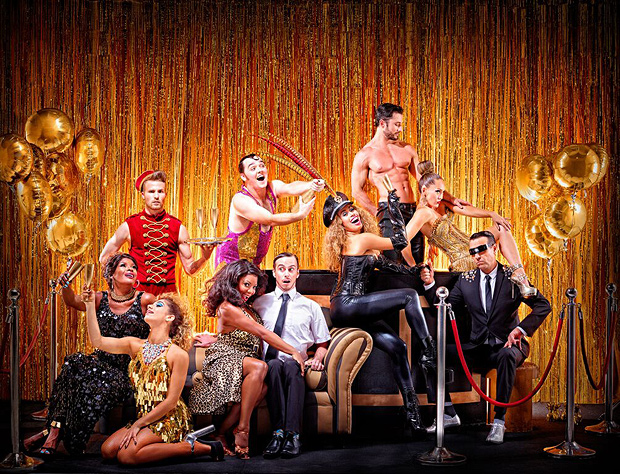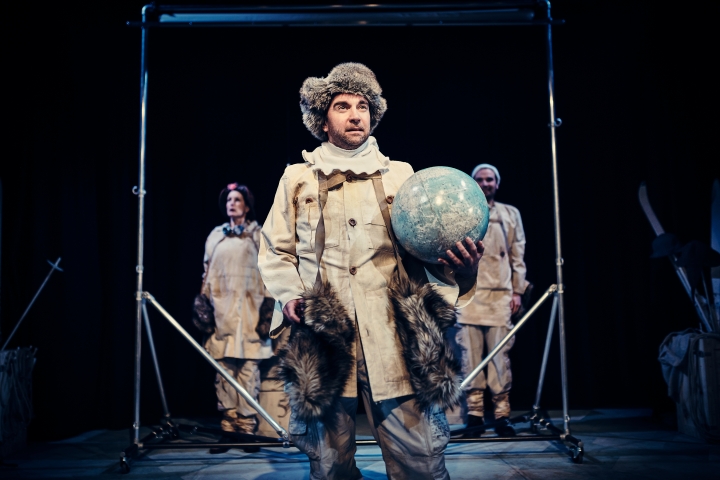This is awkward. I’m not quite sure why we all decided to come here. You see, we answered this advert on Gumtree. It looked fun. The kind of thing that you sign up to late at night once the wine is finished. She promised cake. And vodka. And comedy. All we had to do was turn up here as an audience for her comedian boyfriend’s surprise birthday party. What not to like about that, right? Well, perhaps quite a lot actually. For a start, in a balloon-strewn lecture hall, the drinks are handed out by a manic-looking woman in a wonky wig who thanks us for coming in a way that suggests that we can’t leave, and then it all goes….DARK! Actually, as well as metaphorically. In the pitch black, we are forced to sing the opening note of Happy Birthday repeatedly, whilst waiting breathlessly for the boyfriend to arrive; for we are his ‘gift’, a fully primed audience set up to revive his flagging comedy career. By the fifth rendition of the opening note, I think that all of us are beginning to realise that something is not quite right here. It all seems a bit…desperate, a bit…sad. In fact, now I’m not quite sure that this guy will like the surprise, or if he even is…you know…actually her boyfriend! So we wait. And wait. The space is filled with increasingly tense reassurances that the Birthday Boy is on his way, and anecdotes about him and his comedic ability that are so adoring as to be unsettling.
There is a real excitement and tension as an audience member being placed in this role, particularly within such a time-sensitive and highly pressurised situation. Performer Hayley McGee presents an incredibly engaging character bursting with neuroses and vulnerability, immersing us entirely in her world of loneliness, lost love and mental decline as still we wait. This concept is an excellent one, and is executed with real skill and a slick structure which continually raises the stakes under Mitchell Cushman’s direction (with dramaturgy by Deborah Pearson). Every external noise has the audience on edge (including the entrance of latecomers, who are dealt with via some very effective improvised interaction) and there is a fascination in wondering if the boyfriend will ever arrive, and then if we even want him to. For as the action progresses, it seems that maybe his ‘wonderfulness’ if as illusionary as everything else seems to be. A re-enactment of his comedy set indicates a certain cruelty towards his ex-lover that is difficult to witness, indicative of a relationship that seems toxic at best.
Inevitably then, when illusions are shattered here, they are shattered absolutely. The climax is one which I won’t spoil here for prospective audience members, but long after the framing device of the surprise party no longer has a function, the feeling of not being able to leave remains. Everything seems to come apart at the seams, with a deconstruction of the carefully set-up room and image in a way that is deeply sad and affecting. Yet despite all of this, we end with a sense of hope that maybe things will be ok, being reassured by some final platitudes in the best end-of-the-party tradition… and, very importantly – cake.

